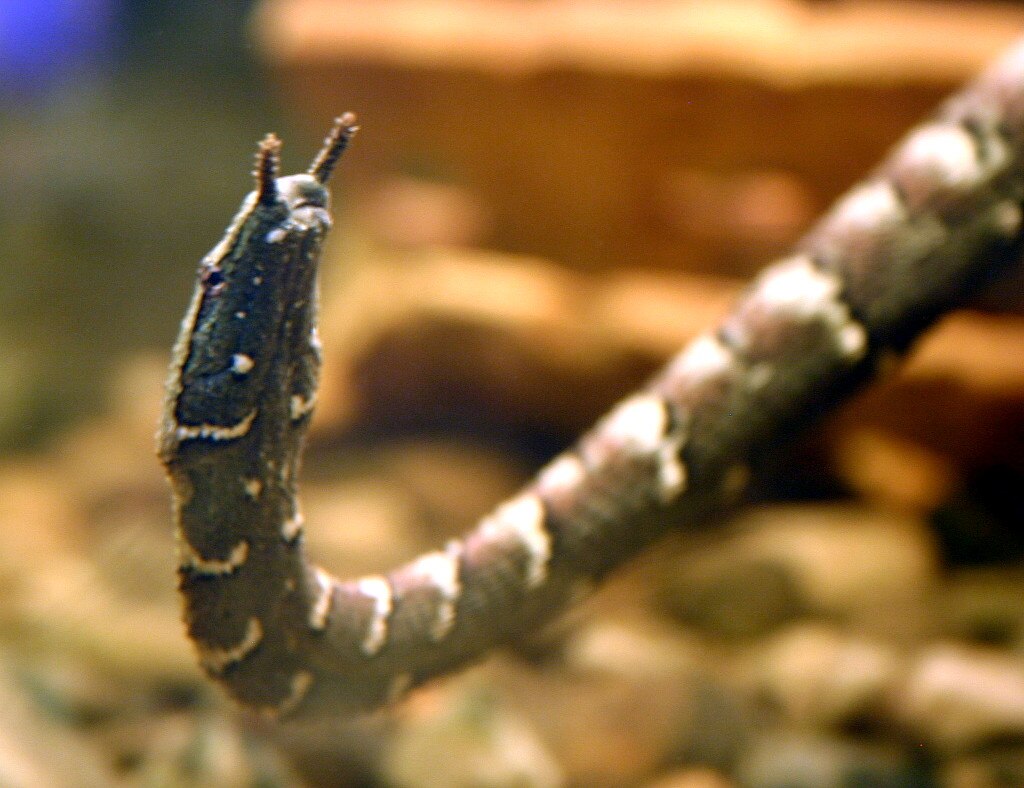Amidst the vast repertoire of hunting strategies in the animal kingdom, few are as specialized and fascinating as the technique employed by certain snake species that use their bodies to create “ambush loops.” This remarkable hunting method, primarily associated with species like the tentacled snake (Erpeton tentaculatum), represents one of nature’s most sophisticated predatory adaptations. These serpents have evolved a unique approach to capturing prey that combines patience, precise positioning, and lightning-fast reflexes. By forming their bodies into strategic loop formations, these specialized hunters create deadly traps that turn the physics of escape against their prey, demonstrating evolution’s remarkable capacity to develop specialized predatory mechanisms.
The Masters of Ambush Looping: Tentacled Snakes
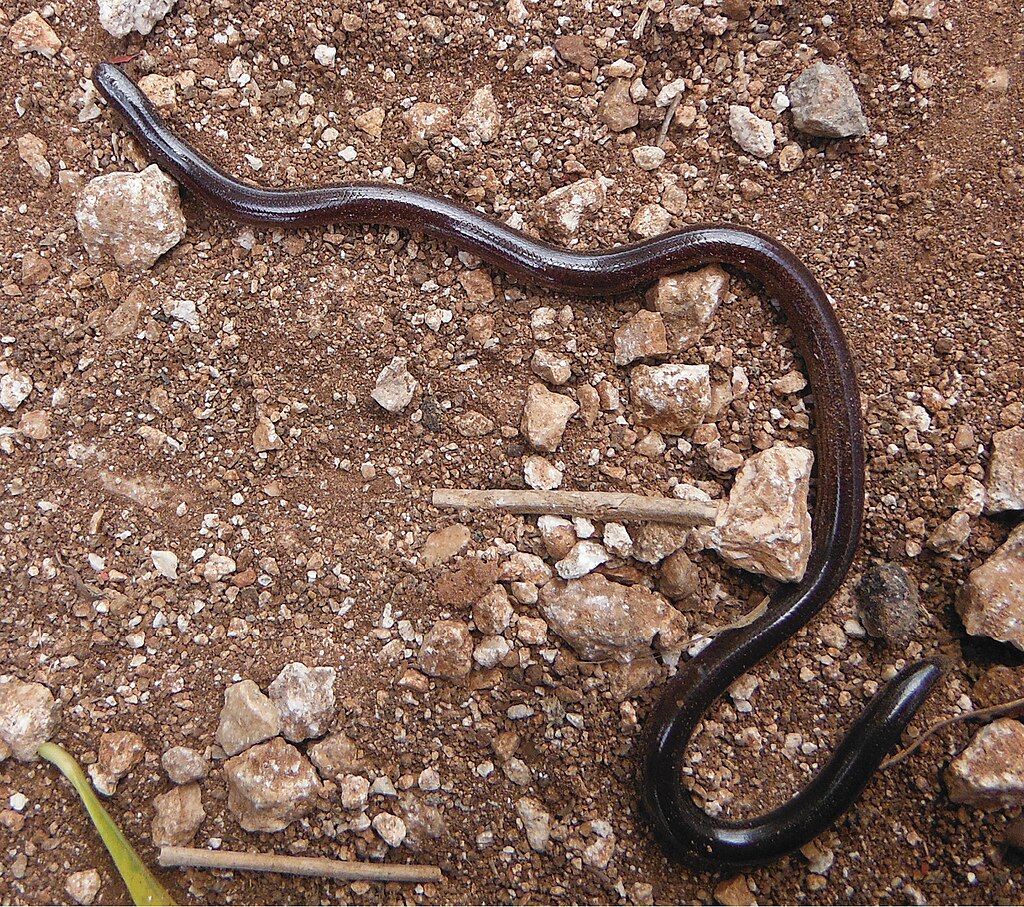
The tentacled snake (Erpeton tentaculatum) stands as the most renowned practitioner of the ambush loop hunting strategy. Native to the freshwater bodies of Southeast Asia, particularly Thailand, Cambodia, and Vietnam, this aquatic reptile has perfected a hunting technique unlike any other snake species. The snake’s name derives from the unique pair of tentacle-like sensory appendages protruding from its snout, which help detect prey movements in murky waters. These remarkable creatures spend virtually their entire lives in water, with specialized adaptations including valved nostrils and the ability to absorb oxygen through their skin. Their mastery of the ambush loop technique represents the culmination of millions of years of evolutionary specialization for aquatic hunting.
Anatomy Designed for Aquatic Ambush

The tentacled snake’s body is perfectly adapted for its specialized hunting strategy. Unlike many snake species with cylindrical bodies, the tentacled snake has a somewhat flattened form that aids in stability while positioned in its characteristic J-shaped ambush pose. Their scales are keeled (ridged), providing better anchoring in aquatic environments and helping them remain motionless for extended periods. The snake’s head is relatively small and angular, with eyes positioned toward the top of the head, allowing them to see prey while remaining mostly submerged. Perhaps their most distinctive anatomical feature are the two tentacle-like protrusions on their snout, which contain numerous sensory cells that detect minute water movements produced by potential prey fish, effectively serving as an early-warning system that complements their visual hunting approach.
The Science Behind the Ambush Loop

The mechanics of the ambush loop technique involve sophisticated physics and precise biomechanics. When hunting, the tentacled snake arranges its body into a distinctive J-shape, with the curved portion forming a strategic “trigger” zone. This positioning creates a trap that exploits the predictable escape response of fish, known as the C-start reflex. When startled, fish instinctively bend their bodies into a C-shape before darting away in the opposite direction. Remarkably, the tentacled snake doesn’t strike at the fish’s initial position but anticipates where the fish will be after executing this escape maneuver. High-speed photography reveals that the snake actually moves its body milliseconds before the fish reacts, indicating that the snake is predicting rather than reacting to the fish’s movement. This predictive striking represents one of the most sophisticated hunting strategies in the reptile world, taking advantage of the prey’s own escape reflex.
Setting the Perfect Trap
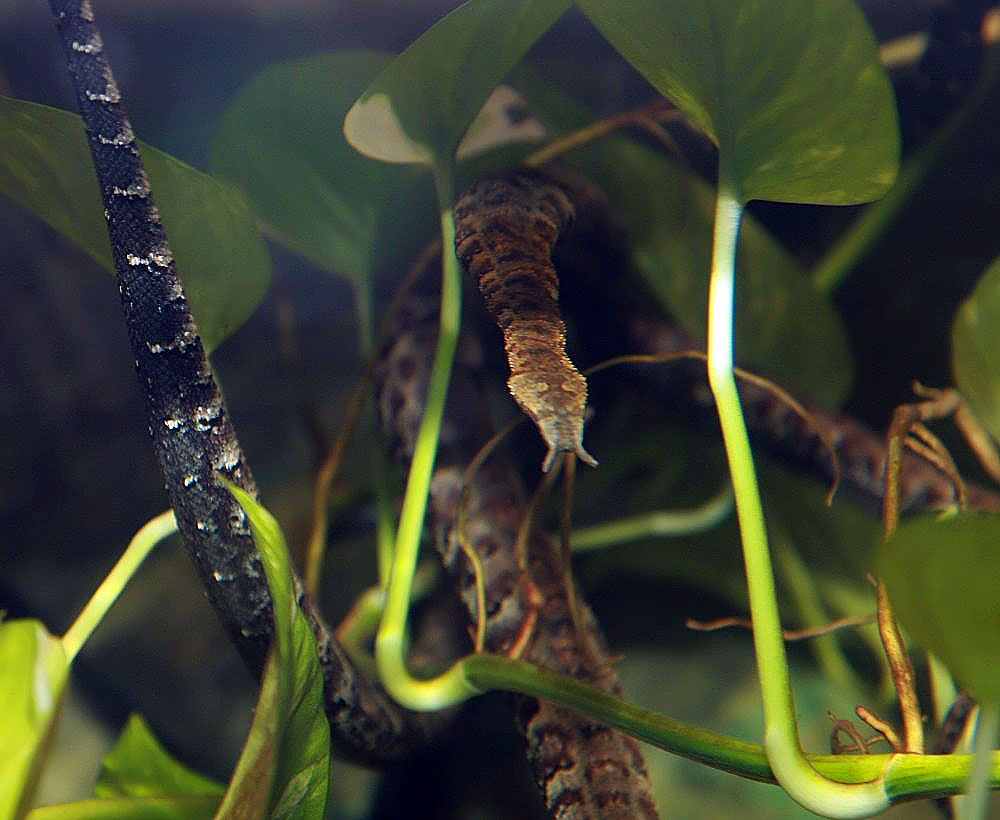
The preparation and positioning involved in creating an effective ambush loop require impressive patience and precision. Tentacled snakes will often remain motionless in their J-shaped hunting position for hours, sometimes days, waiting for the perfect opportunity to strike. The snake typically anchors its tail and rear portion to submerged vegetation or the substrate, creating a stable base from which to launch its lightning-fast strike. The curved portion of the body forms the critical “trigger” area, positioned strategically where fish are likely to pass. Water clarity doesn’t significantly impact their hunting success, as they rely heavily on their ability to detect pressure changes in the water. Some observations suggest these snakes may even position themselves in locations where fish commonly travel, such as near submerged logs or along the edges of underwater vegetation, further increasing their hunting efficiency.
Strike Speed: Nature’s Aquatic Quick-Draw
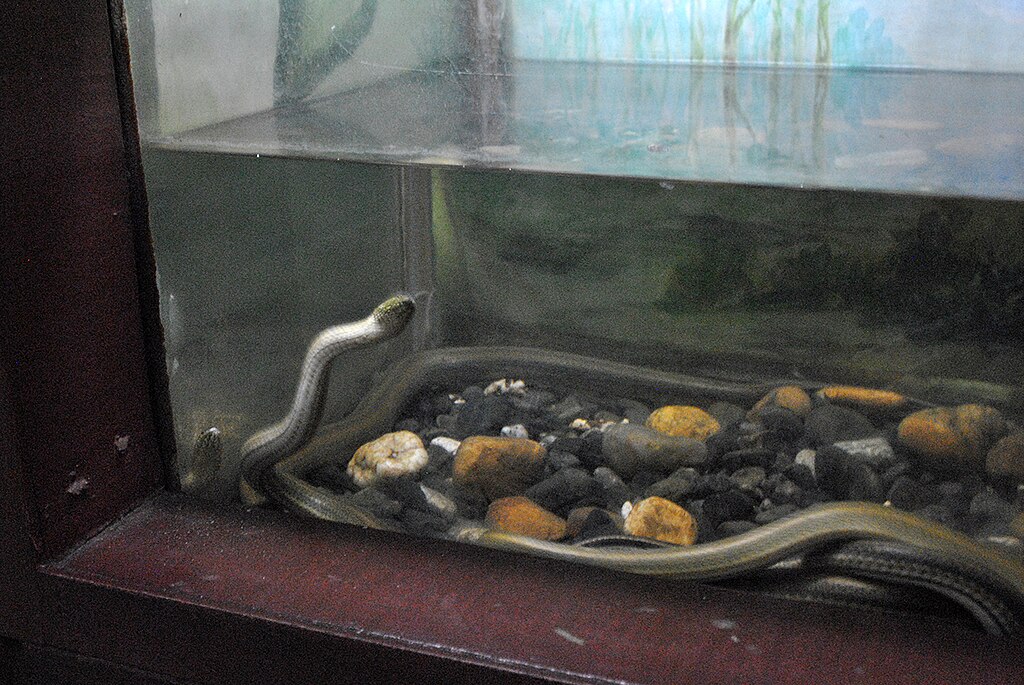
The speed at which tentacled snakes execute their strikes is nothing short of extraordinary, especially considering they’re operating in water, which creates significantly more resistance than air. High-speed video analysis has revealed that their strikes can be completed in as little as 15-20 milliseconds—faster than the human eye can perceive. This remarkable speed is crucial because the snake must intercept its prey at precisely the right moment during the fish’s escape response. The strike involves a complex coordination of muscle contractions that begins with the portions of the body nearest the head and propagates backward. Interestingly, tentacled snakes don’t rely on lunging their entire body forward like many terrestrial snakes; instead, they primarily move their head and neck region in a much more controlled manner, which maintains their overall position and allows for multiple strike attempts if the first is unsuccessful.
Predicting Prey Behavior

Perhaps the most remarkable aspect of the ambush loop hunting strategy is the snake’s ability to predict prey behavior with astonishing accuracy. Research conducted by Dr. Kenneth Catania at Vanderbilt University demonstrated that tentacled snakes actually begin their strike before the fish initiates its escape response. This indicates that the snake isn’t simply reacting to the fish’s movement but has evolved to anticipate the fish’s predictable C-start escape maneuver. The snake creates a slight movement with part of its body to startle the fish, essentially “flushing” the prey toward the waiting jaws positioned precisely where the fish will be after its reflexive escape response. This predictive striking represents a sophisticated form of hunting that accounts for the prey’s behavior, the physics of water movement, and the timing of multiple neurological systems. It’s one of the few documented cases in nature where a predator has evolved to exploit a specific, hardwired escape response of its prey.
Other Snake Species Using Loop Techniques

While the tentacled snake is the most studied and specialized practitioner of ambush loop hunting, variations of this strategy appear in other aquatic and semi-aquatic snake species. The rainbow water snake (Enhydris enhydris) has been observed using simplified loop formations when hunting fish in shallow waters. Some species of water snakes in the genus Nerodia occasionally employ partial body loops when hunting from submerged positions, though with less specialization than the tentacled snake. The Asian vine snake (Ahaetulla prasina), while primarily arboreal, has been documented using its elongated body to form partial loops when hunting fish from branches overhanging water. These examples suggest that loop-based hunting strategies may have evolved independently multiple times among snakes that specialize in capturing fast-moving aquatic prey, highlighting how similar environmental pressures can drive convergent hunting adaptations.
Evolutionary Development of the Technique
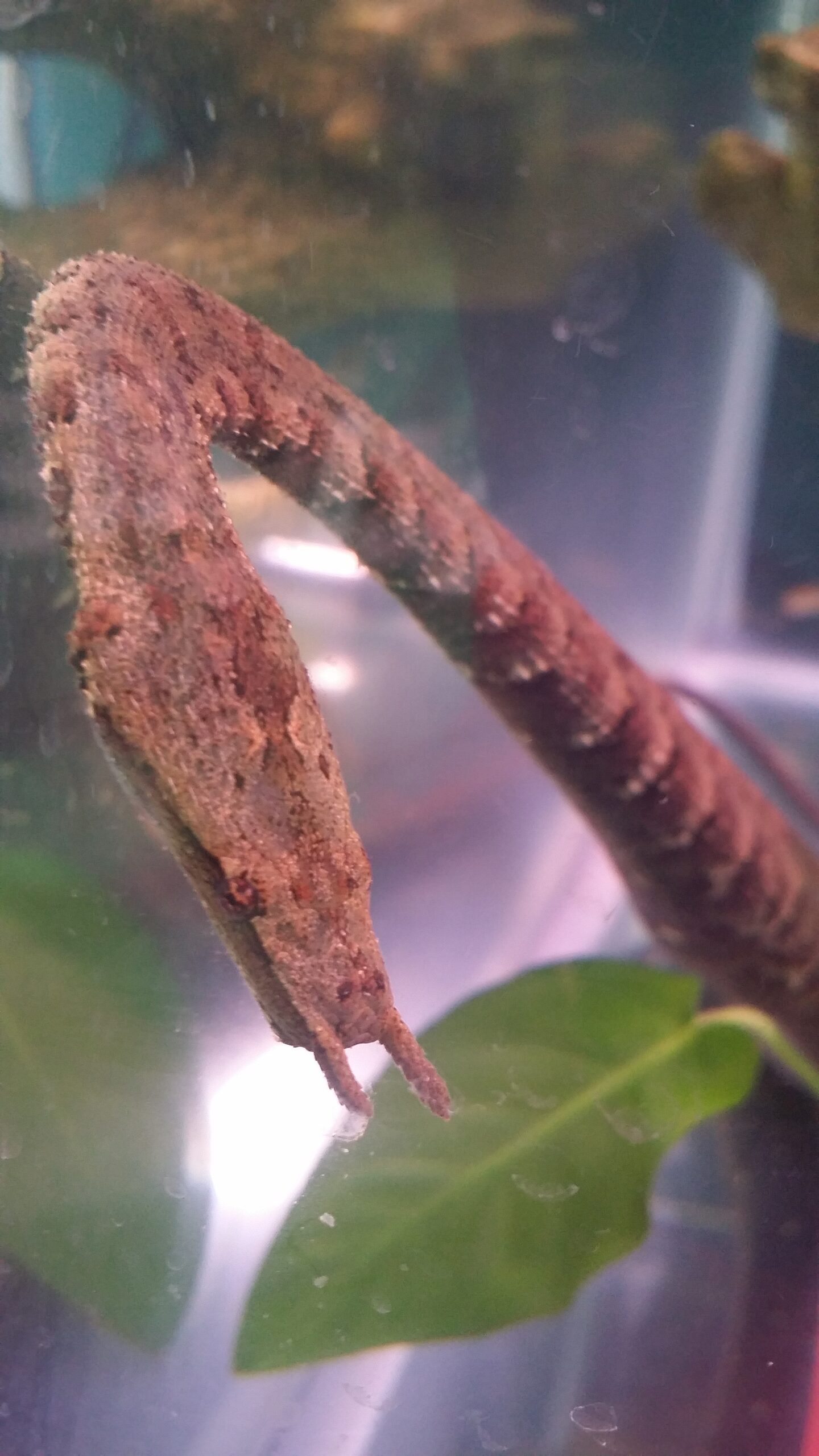
The evolution of the ambush loop hunting strategy represents a fascinating example of specialized predatory adaptation. Scientists believe this technique evolved over millions of years as tentacled snakes became increasingly adapted to aquatic environments. The strategy likely began with more generalized ambush hunting, common among many snake species, before gradually specializing to exploit the predictable escape responses of fish. Fossil evidence suggests that the ancestors of today’s tentacled snakes were present in Southeast Asian freshwater ecosystems at least 5 million years ago, providing ample time for the refinement of this hunting technique. The development of the specialized sensory tentacles, which detect minute water movements, would have been a critical evolutionary innovation that enhanced the effectiveness of the ambush loop strategy. The convergent evolution of similar, though less specialized, techniques in other aquatic snake species supports the idea that this strategy represents an effective solution to the challenge of capturing fast-moving fish in aquatic environments.
Ecological Role and Habitat
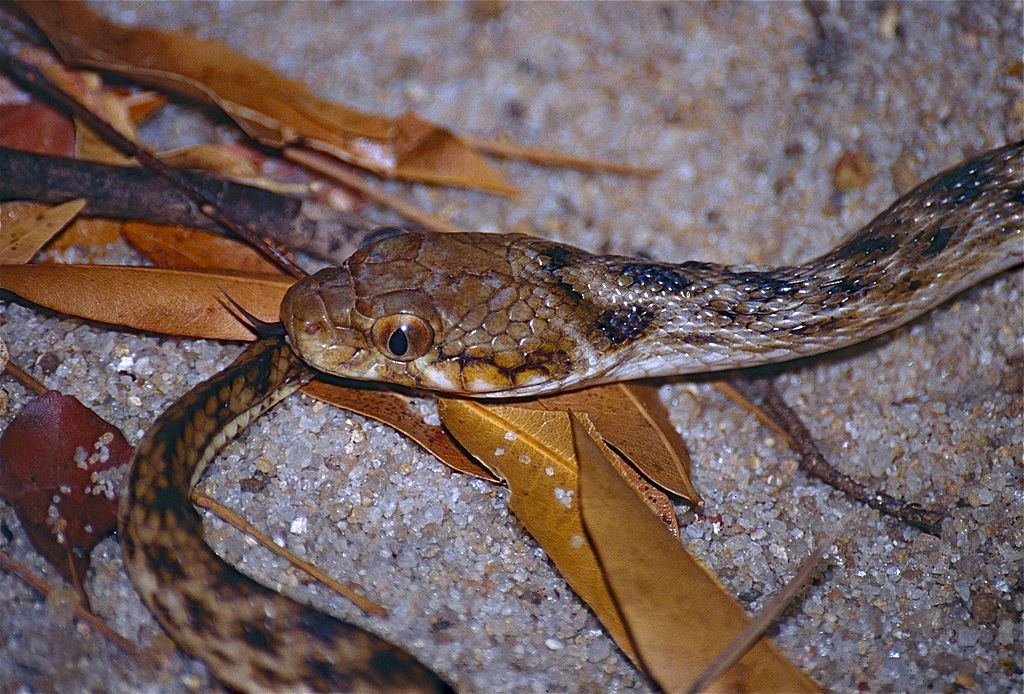
Tentacled snakes and other loop-hunting serpents play important ecological roles in their native freshwater habitats. As specialized predators, they help control populations of small fish and contribute to the overall balance of aquatic ecosystems. They typically inhabit slow-moving or stagnant freshwater environments including marshes, ponds, rice paddies, and sluggish streams throughout Southeast Asia. These snakes show a preference for waters with abundant aquatic vegetation, which provides both anchoring points for their ambush positions and cover for protection. Their specialized hunting technique allows them to thrive in turbid waters where visibility is poor, as they rely more on sensing movement than on visual identification of prey. Interestingly, tentacled snakes appear to exhibit relatively stable population densities when their habitats remain intact, suggesting they’ve reached an evolutionary equilibrium within their ecological niches.
Dietary Specialization

The ambush loop hunting strategy of tentacled snakes is closely associated with their highly specialized diet. These snakes feed almost exclusively on fish, with a particular preference for species that exhibit strong C-start escape responses. Studies of their feeding habits reveal they commonly consume tilapia, guppies, goldfish, and various native cyprinid species native to Southeast Asian waters. Young tentacled snakes often target fish fry and other small aquatic organisms proportional to their size. Interestingly, laboratory research suggests these snakes may be able to adjust their striking technique based on the specific species of fish they’re hunting, as different fish species exhibit subtle variations in their escape responses. This dietary specialization represents a classic example of co-evolutionary relationships between predator and prey, where the hunting strategy has evolved specifically to exploit the behavioral characteristics of target species.
Reproduction and Life Cycle

The reproduction of tentacled snakes presents another fascinating aspect of their highly specialized aquatic lifestyle. Unlike many snake species that lay eggs, tentacled snakes are ovoviviparous, meaning the females retain fertilized eggs within their bodies until the young are fully developed, essentially giving birth to live young. This reproductive strategy is particularly advantageous for an aquatic species, as it eliminates the need to leave water to lay eggs and protects developing offspring from aquatic predators. Female tentacled snakes typically produce 5-13 young per breeding cycle, with the newborns measuring approximately 20 cm in length. Remarkably, newborn tentacled snakes can execute the specialized ambush loop hunting technique almost immediately after birth, suggesting this behavior is innate rather than learned. The young snakes begin feeding on small fish and grow relatively slowly, with individuals taking several years to reach their adult size of 60-90 cm.
Conservation Status and Threats
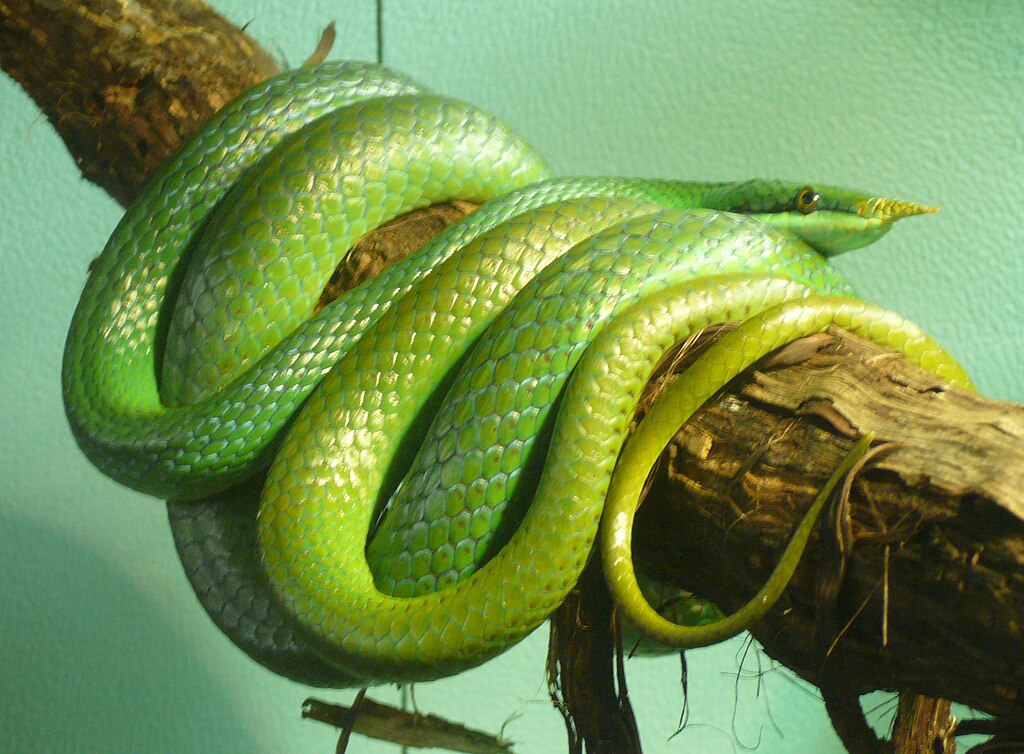
Despite their remarkable adaptations, tentacled snakes and other practitioners of ambush loop hunting face significant conservation challenges in the modern world. While not currently listed as endangered, their specialized habitat requirements make them vulnerable to environmental changes and human activities. The drainage and conversion of wetlands for agriculture, particularly rice farming, has eliminated significant portions of their natural habitat throughout Southeast Asia. Water pollution from agricultural runoff, industrial discharge, and urban development threatens both these snakes and their fish prey. Additionally, tentacled snakes are sometimes collected for the exotic pet trade, though they typically fare poorly in captivity due to their specialized feeding requirements. Climate change presents another potential threat, as alterations in rainfall patterns and water temperatures could affect both these snakes and the aquatic ecosystems they inhabit.
Ongoing Research and Scientific Significance
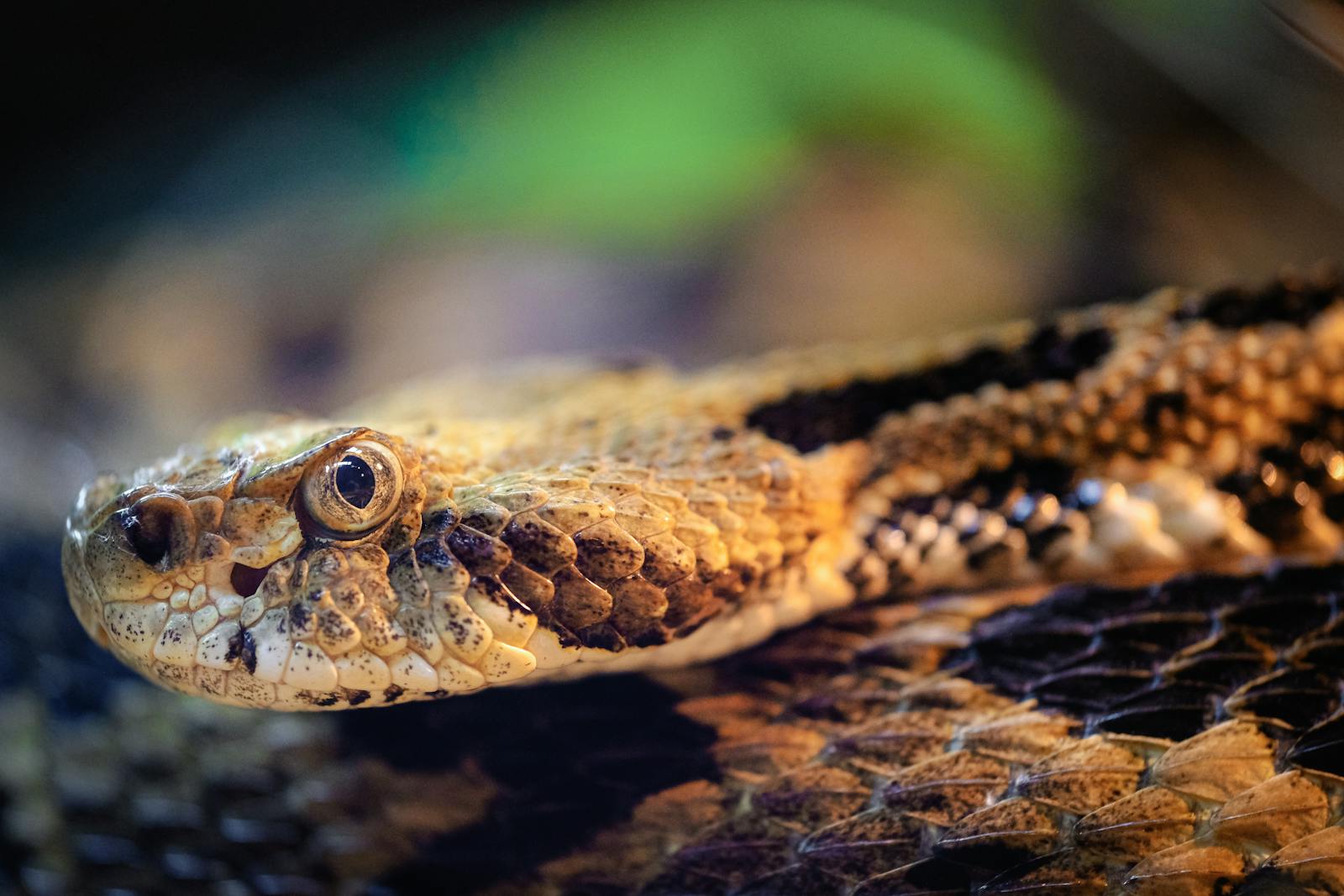
The unique hunting strategy of ambush loop-using snakes continues to fascinate scientists and offers valuable insights across multiple scientific disciplines. Neurobiologists study these snakes to better understand how their brains process sensory information and coordinate the precise timing required for predictive strikes. Biomechanics researchers examine how these snakes generate such rapid acceleration in water, which could potentially inspire engineering applications. Comparative zoologists use tentacled snakes as a model for understanding the evolution of specialized predatory behaviors and adaptations. Recent research using high-speed cameras and computational modeling has revealed previously unknown details about how the snakes create pressure waves that help guide prey toward their strike zone. As technology advances, ongoing research promises to uncover even more secrets about these remarkable hunters and their unique ambush loop technique.
Conclusion
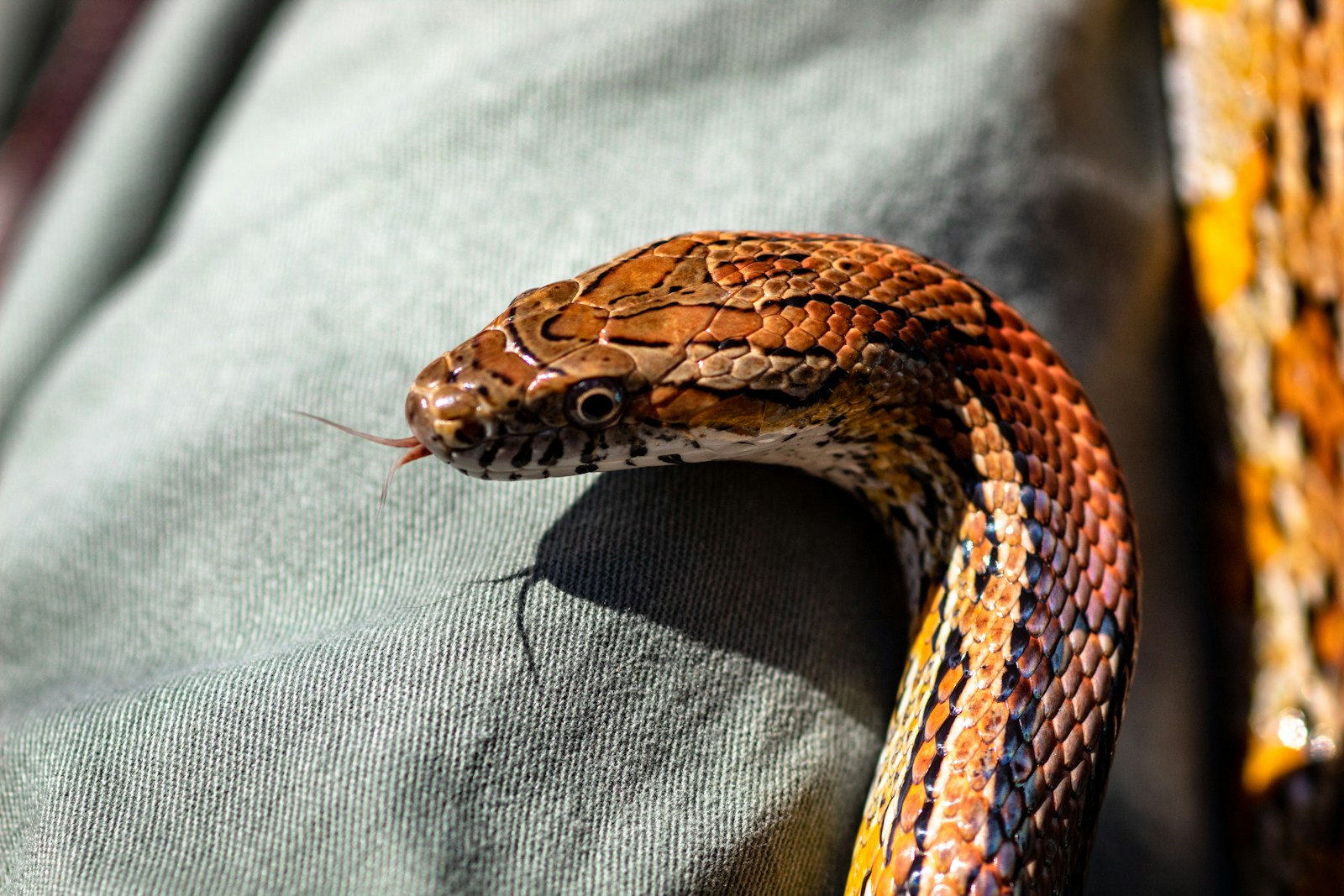
The ambush loop hunting strategy employed by tentacled snakes and related species represents one of nature’s most sophisticated predatory adaptations. Through millions of years of evolution, these remarkable reptiles have developed a hunting technique that combines patience, precise positioning, and predictive striking to overcome the challenges of capturing fast-moving prey in aquatic environments. Their ability to anticipate the escape response of fish and position their strikes accordingly demonstrates the incredible complexity that can arise from natural selection. As we continue to study these specialized hunters, they remind us that nature’s solutions to evolutionary challenges often exceed our expectations in their elegance and effectiveness. The tentacled snake’s ambush loop strategy stands as a testament to the remarkable diversity of hunting adaptations in the natural world, offering insights that cross multiple scientific disciplines while continuing to inspire wonder and admiration.

